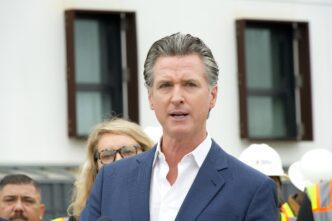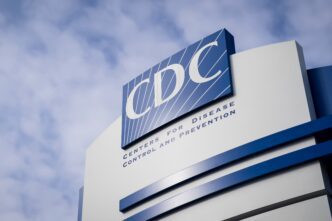Pope Francis passed away on Easter Monday at the age of 88. As the first pope from Latin America, he led the Catholic Church for over 12 years. His passing marks a significant moment in the Church’s history.
The announcement of Pope Francis’s death was made by Cardinal Kevin Farrell, the Vatican’s camerlengo. Farrell, originally from Ireland, will oversee the Vatican’s administration until a new pope is elected. He stated, “At 7:35 this morning, the Bishop of Rome, Francis, returned to the Father’s house. His life was dedicated to the service of the Lord and his Church.” The pontiff died at the Domus Santa Marta in Vatican City, where he had returned after a hospital stay due to bilateral pneumonia.
On Easter Sunday, Pope Francis made his final public appearance. Although he had delegated the celebration of Easter Mass to another cardinal, he blessed a large gathering of faithful from the loggia of St. Peter’s Basilica. From the same spot where he was introduced as the 266th pope on March 13, 2013, he greeted, “Brothers and sisters, Happy Easter.” Francis also took a surprise ride through the square in his popemobile, greeted by enthusiastic cheers. He briefly met with United States Vice President JD Vance, who later expressed his gladness at seeing the pope, despite his obvious illness, during a visit to India.
Even before the bells of St. Peter’s Basilica tolled to mark the pontiff’s passing, tributes began pouring in from around the globe. Both Catholic and non-Catholic leaders honored him as a spiritual leader who advocated for marginalized communities, migrants, and the LGBTQ+ community while addressing environmental concerns. The president of the European Council, António Costa, noted his dedication to global challenges such as migration, climate change, inequalities, and peace alongside everyday struggles. Outgoing German Chancellor Olaf Scholz described him as “a defender of the weak, a conciliator, and a kind-hearted person.”
Other religious leaders praised Pope Francis for his efforts to foster dialogue among world religions. The leader of the Anglican Church remembered his commitment to improving interfaith relations, and Rome’s chief rabbi viewed his papacy as an important chapter in Jewish-Catholic relations.
In the final months of his life, Pope Francis battled a chronic lung condition and was hospitalized on February 14, 2025, at Rome’s Gemelli Hospital due to a respiratory crisis that developed into bilateral pneumonia. His stay lasted 38 days, marking the longest hospitalization of his papacy. During this time, the faithful feared his illness might prove fatal or lead to another papal resignation, following that of Benedict XVI, which resulted in Francis’s election. His return to the Vatican on March 23 was a relief to many at the time.
Following the pope’s death, a series of events will unfold over several weeks, enabling the faithful to pay their respects. Initially, Vatican officials will have the opportunity in the chapel of Santa Marta, followed by the public in St. Peter’s Basilica. Cardinal Giovanni Battista Re, the dean of the College of Cardinals, will preside over the funeral. Subsequently, a conclave will convene to elect a new pope.






